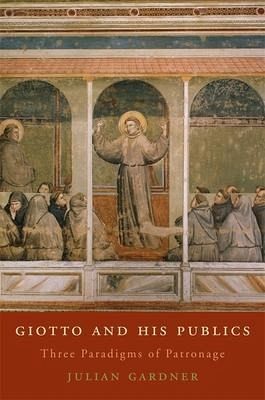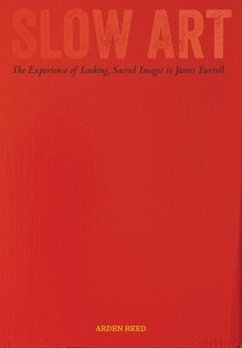Nicht lieferbar

Giotto and His Publics
Three Paradigms of Patronage
Versandkostenfrei!
Nicht lieferbar
This probing analysis of three of Giotto's major works and the patrons who commissioned them goes beyond the clichés of Giotto as the founding figure of Western painting. It traces the interactions between Franciscan friars and powerful bankers and illuminates the complex interactions between mercantile wealth and the iconography of poverty.







